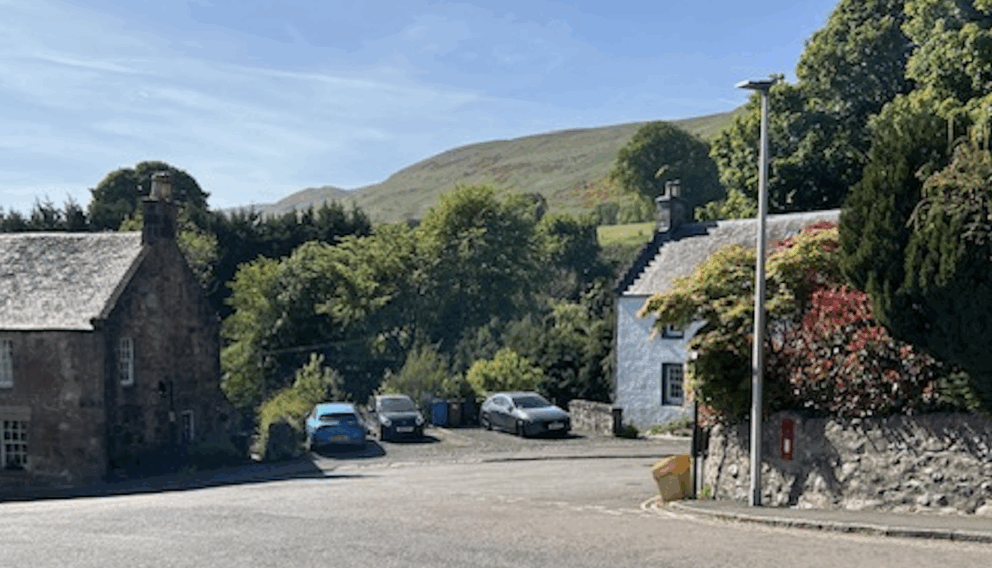Another Listening Walk After Quarter of a Century

Text: Heikki Uimonen
Listening walk is sensory evaluation of the environment. It can be carried out in several different ways. I have tried to combine both quantitative and qualitative approaches: categorising sounds heard and at the same time jotting any potentially interesting sound events constructing the environment.
While conducting ethnographic observations, it is advisable to document what is happening rather than interpret it. Any possible interpretations should be recorded in a separate document. However, when walking the same area after 25 years here, one is tempted to do a rudimentary diachronic evaluation of it.
In May 2000 I did my listening walk morning shifts on High Street Dollar. According to my field diary “The Priory Shop newsagency’s clanging, mechanical doorbell makes a nice signal to the surroundings. A customer visiting the shop left the car idling. Lots of birds, especially pigeons. The sound of an aeroplane is a bit distracting, a keynote of the traffic can be heard from the main road. A driver is talking to a paperboy through the window of his idling car. The whirring sound from the golf course could be heard twice […] As I climb the hill, the sounds of the Bridge Street intensify and the noise can be heard from two directions due to the bend in the road.”
During my next walk, ”I had a conversation on the corner of the Priory. I shook hands with the robust Scotsman in his fifties who was too busy on his way to tend his garden and run errands to stop for an interview. I was told about military jets flying overhead and golden eagles and buzzards. After we shook hands vigorously once more, I was told that Finns are as tough as Scots.”
To a certain extent, the soundscape had remained the same. You could still hear the pigeons, the barking dogs and the crows. The pigeons had become the defining feature of the neighbourhood. Morning traffic still carried uphill and car doors still opened and closed in the neighbourhood. The Lorne Tavern pub and bed and breakfast on Argyll Street is now closed, as is the newsagent. If I remember correctly, there used to be a small garage in the same building. During the afternoon, you could hear the Dollar Academy Pipe Band rehearsing on the nearby Mill Green. A couple of kids were walking, one with a phone to her ear and the other with a phone under her nose. Changes in the economy, media and infrastructure have manifested themselves sonically on High Street.
Finally, an intriguing note from the old diary that more or less sums the joys of documentation: “Data taken from a tape, as the rain spread the pencil across the paper […] the sewer makes a keynote sound and an umbrella narrows the field of hearing decisively.”
This time, the weather posed no challenges. However, conducting ethnographic fieldwork on changing soundscapes involves working in a constantly changing environment, unlike ordinary scholarly office work. In your beloved, controlled university office (if you are lucky enough to have one), the indoor temperature, your colleagues, the coffee room and the coffee all remain constant, creating the perfect backdrop for a perfectly controlled workday.
Come to think of it, there’s hardly any permanence in ethnographic fieldwork. I’m sure there’s lots of literature on this topic, hopefully including some that explains how to develop the necessary ‘fieldwork resilience’. Sensory and virtual environments are constantly changing. Working environments, colleagues, websites, timetables and food change. National holidays mess thing up. Accommodation booked for research groups can become unexpectedly unavailable. Buses don’t run. Interviewees may be unavailable or show no interest in your subject whatsoever.
Remarkably, very little of these juicy bits happened during the field trips. Next stop Nauvo, Finland!